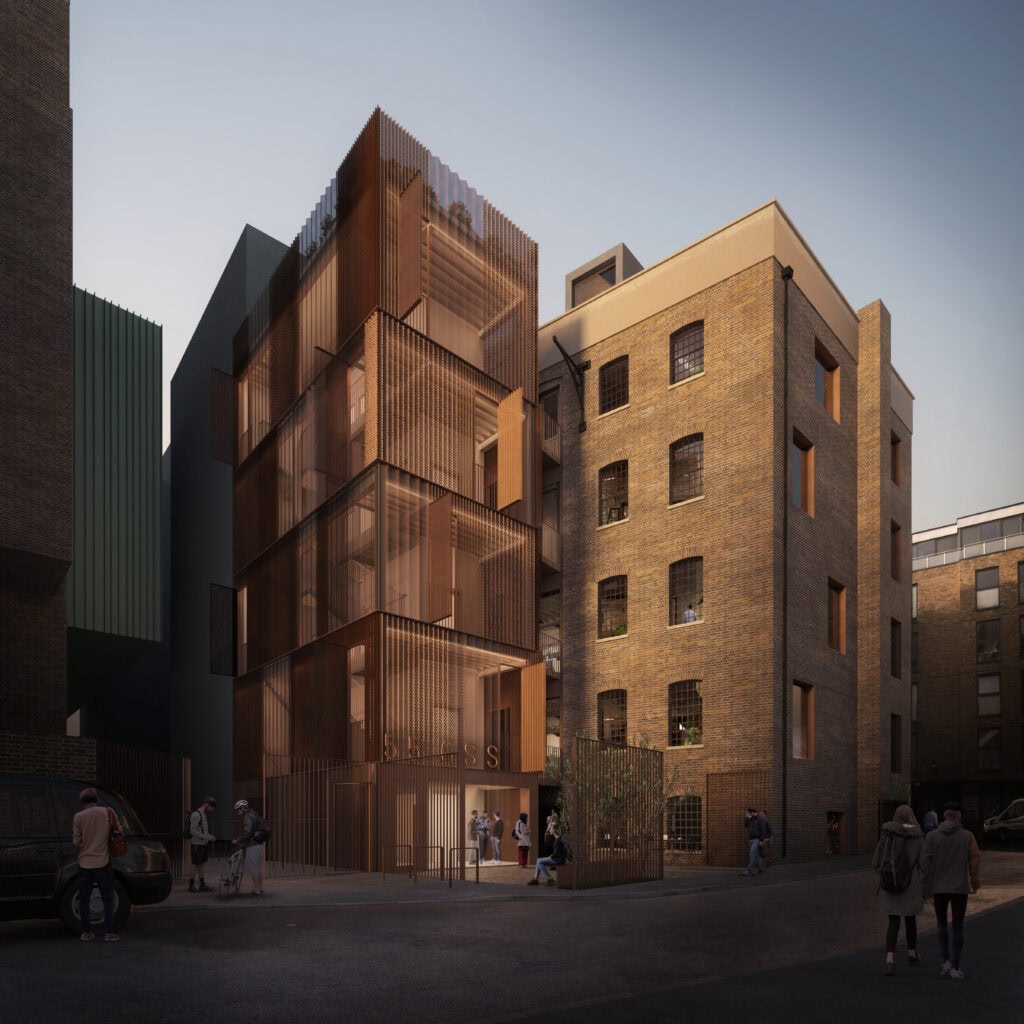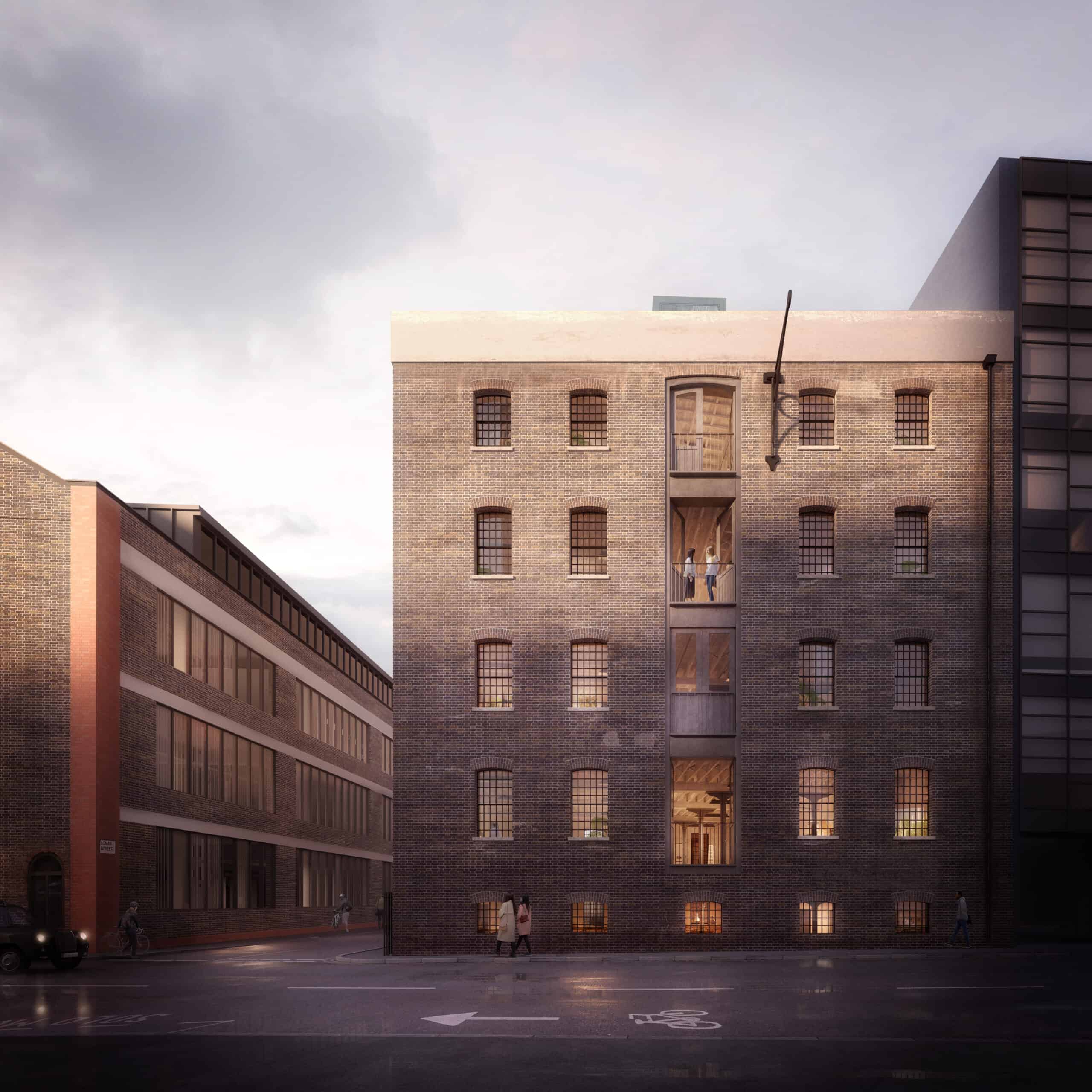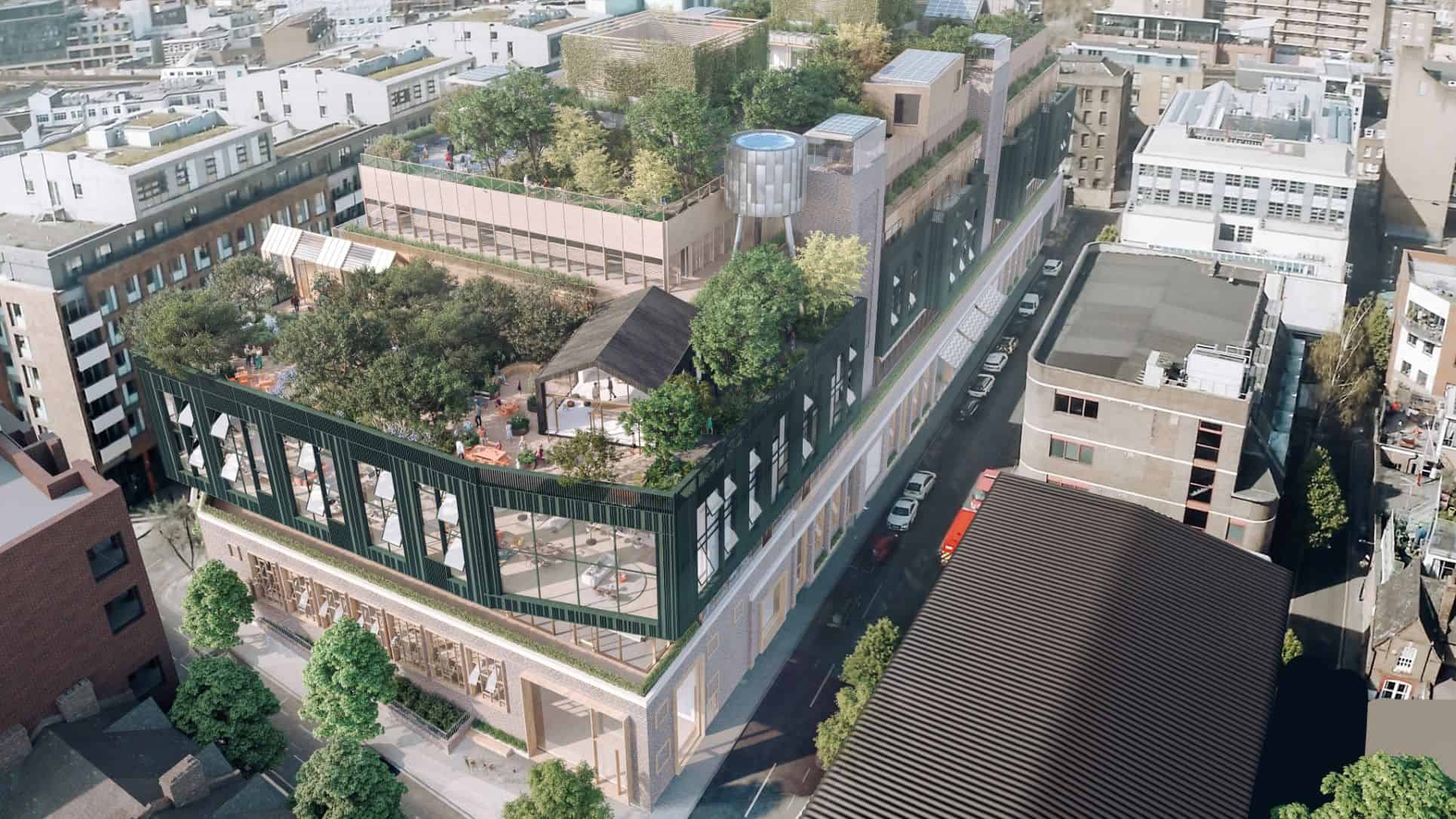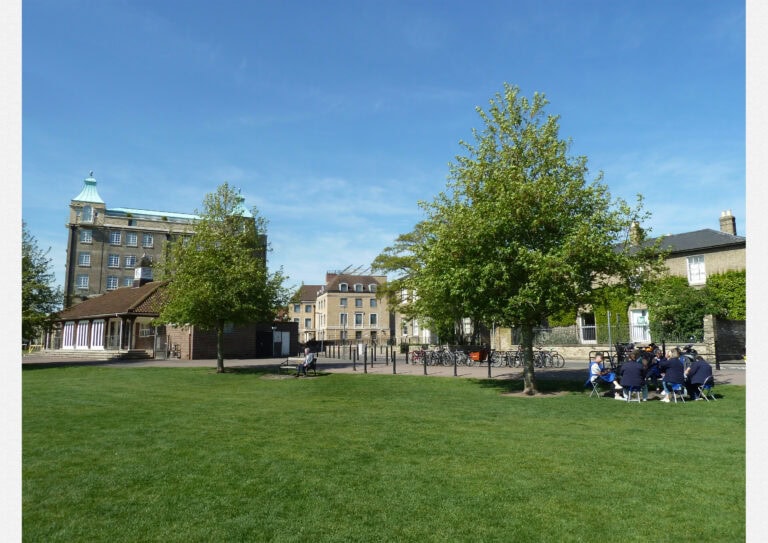55 Great Suffolk Street

Key Sustainability Objectives/ Outcomes
Resource use:
- The upfront embodied carbon (modules A1-A5) is estimated to be 406kgCO2e/m2 owing to the extensive reuse of the existing super and structure (as a Grade II listed building, reuse was always a requirement of this project; as such, no benchmark calculations have been made specific to this asset). Compared to the LETI 2020 target for offices (600kgCO2e/m2 modules A1-A5, no sequestration) the above figures represent a 32% reduction in embodied carbon; these figures include the addition of a new external core required to support the redevelopment (1a)*
- 9.5 tonnes of steel from 1 Broadgate have been reclaimed for the use on this project; this is estimated to save 25tonnes of CO2 (18kg/co2/m2) (1b). A demolition audit has been undertaken on 55GSS and RITS to assess all materials that can be reclaimed and repurposed from the existing buildings (1b).*
All concrete will be specified with maximum acceptable amounts of cement replacements, with all rebar UK Cares certified to ensure it is close to 100% recycled and all non-reused structural steel produced using EAF methods; incorporating these carbon reduction measures alongside the steel reuse will result in a 27% reduction in embodied carbon when compared to Stage 2 estimations for the project; estimated embodied carbon with all improvement measures included: 297 KgCO2e/m2 (modules A1-A5) / 518kgco2/m2 (modules A-C excluding B6/B7) (5b)*.
Notable Approaches And Solutions
This project is reusing steel from 1 Broadgate. The steel costs itself were marginally cheaper than new but there are associated costs with fabrication and aesthetics. It is being stored, re-tested, and re-certified by Cleveland Steel and Tubes. Fabrix believes the reused steel will add greater value to the building for an occupier or if sold where environmental credentials will become just as important as financial cost.
Lessons Learnt
- Much of this is untested in respect of procurement. The re-used steel requires deconstruction, storage, testing and recertification, and building design needs to consider the existing steel dimensions. Some of the products specified are single source. Timing of demolition of existing developments needs to align with construction of new ones and there is no central register for this process, so the market is very illiquid.
- Additionally, re-using steel requires demolition of existing buildings. In some cases, demolition of existing building is not warranted, and those buildings could be retrofitted instead. Therefore, steel for re-use should be targeted only when a demolition is really required, and it should be reused as locally as possible to reduce emissions from transport.

Related members
Related
JLL – Manchester office fit-out

Roots in the Sky

Automated Construction Project – The Forge, Bankside

The Entopia Building


